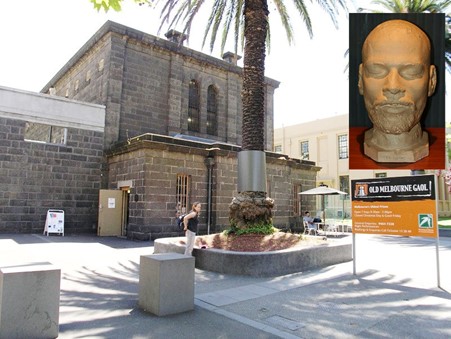Fatta Chand, an Indian national, holds a grim place in Australian history as the first Indian to be executed on Australian soil in 1891. His life and death in colonial Australia highlight several critical issues of the time, including the treatment of the Indian coolie diaspora, the application of colonial justice, and the broader social injustices faced by non-Anglo-Celtic communities. Understanding and acknowledging historical injustices, as illustrated by Fatta Chand’s story, is crucial in our pursuit of a fair and inclusive society. Fatta Chand’s story remains a notable event in Indian-Australian relations and the early experiences of Indian immigrants.
Background
During the late 19th and early 20th centuries, Australia saw a small influx of Indian immigrants and labourers, who were British subjects. These individuals often took up roles in agriculture, construction, household work, and other labour-intensive sectors. Fatta Chand, a Punjabi-born Hindu, immigrated to Australia in the late 19th century seeking economic opportunities. However, he found himself entangled in the challenges and hostilities of colonial society.
The Execution
Fatta Chand was executed on April 27, 1891, at 10 o’clock in Melbourne Gaol. He was sentenced to death for murdering a fellow Indian, Juggo Mull. Over one hundred spectators viewed the execution. Through an interpreter, Chand conveyed a message to his father in India, suggesting that his death should be attributed to cholera rather than hanging. He also wished to be cremated according to Hindu rituals, but his body was instead disposed of in a hole covered with quicklime.
Chand did not speak English, and though no details are documented about his arrival in Australia, he earned his livelihood as a hawker. In November 1890, Fatta Chand and Juggo Mull left Melbourne and headed towards Healesville. After selling their wares, they departed, but two days later, the police found Juggo Mull’s mutilated body. Based on circumstantial evidence, the police charged Fatta Chand with murder, which he vehemently denied until the end. Chand was 24 years old at the time of his execution.
Religious and Social Context
While awaiting execution, several religious figures, including a Roman Catholic priest, a Salvation Army officer, and a Wesleyan clergyman, attempted to convert Fatta Chand to Christianity, as there were no Hindu religious persons available at that time. Despite their efforts, Chand did not convert.
Fatta Chand’s countrymen largely believed in his guilt and distanced themselves from him after the sentence. Only one countryman was present during his execution. Melbourne Gaol also witnessed the execution of the infamous Bushranger Ned Kelly in 1880.
Social Isolation and Marginalisation
Fatta Chand faced a socially isolated lifestyle, vilified and marginalised by the Australian community. This social isolation and psychological trauma were not uncommon among Punjabis in Australia, who experienced a suicide rate almost six times higher than that of the host community. Indian hawkers were often addressed with generic epithets like ‘Johnny,’ ‘Jack,’ and ‘Charlie.’
Conclusion
Fatta Chand’s story is a poignant reminder of the broader social injustices faced by the Indian coolie diaspora in colonial Australia. It underscores the importance of understanding and acknowledging historical injustices in our pursuit of a fair and inclusive society. In my upcoming book, ‘India-Australia-Bharat’s legacy of History, Connection and Diaspora ‘I will explore these themes further in a chapter on the colonial coolie diaspora and the diaspora before the abolition of the White Australia Policy.
Notes
- Spennemann, Dirk H.R. “Suicides of Punjabi Hawkers in 19th and Early 20th Century Australia.” Institute for Land, Water and Society, Charles Sturt University, Albury NSW 2640.
